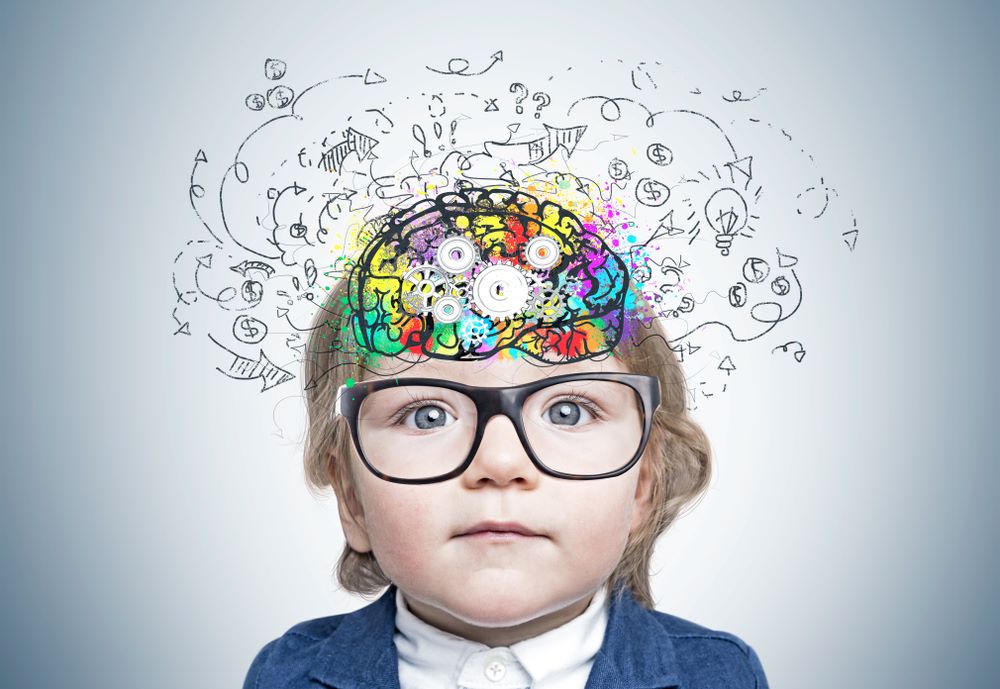
Sensory Integration Therapy
Sensory systems form the basis of our cognitive abilities. For example, if we touch a hot stove with our hands we see that the stove is too hot for our hands and we pull it out. The steps here are to be able to bring our hand closer to the stove, to understand its temperature by touch, and to painfully realize that it is too hot for us and pull it back. This is how we learn to stay away from hot places by experiencing something like this in childhood. However, if we cannot take our hands to the stove as we wish and understand the temperature with our skin, we cannot obtain this information by following such path. Things like being able to maintain body balance, seeing the world as it is, perceiving the loudness of voices and noticing the noise happens with our senses.

Any problem with these sensory abilities poses a problem at the very core of our learning ability. Although we see this sensory disorder more in individuals with autism syndrome, it is not a disorder specific to autism spectrum disorder. This disorder has many symptoms, such as sensitivity to certain sounds, resistance to new meal flavours, and problems with focusing and concentration.

Symptoms and Results
We have five sensory organs and two additional senses in the body. One of these additional senses is located in the inner ear and tells us where the body is standing and where it is. The other is located in places like joints and allows us to control our motor abilities and posture. The sensory processing is completed by our brain’s interpretation of the signals from these seven senses. However, this situation can be severe when the incoming signals cannot be interpreted by the brain. The individual who has difficulty in the sensory processing process may be overly sensitive, overly numb, or both.
Sensitivity and numbness are what some people call ‘I wish I had it too’. “I wish I could distinguish every smell and have a sensitive nose’’ or “I wish i could distinguish every taste and have sensitivity in taste”. This numbness and tenderness is nothing like that, and almost always has negative consequences. Sudden outbursts of anger can result in excessive selectivity in eating, an emotional collapse, too tight hugging and many more.

Therapy Process and Methods
This disorder, which has many different types, does not have a ‘general’ therapy. People with sensory integration expertise first determine the type of sensory impairment. After the determined disorder, a “sensory diet” is prepared that will exactly suit this disorder. The so-called sensory diet is repeated exposure to sensory stimuli. This diet process created by the expert is based on the theory of enabling the brain to adapt to the data the body receives. In this way, they form the “perception” process in the mind like writing from the very beginning, as they want the information received from the senses to be processed.
We recommend that you consult our experts instead of giving general information about these personalized diets.




